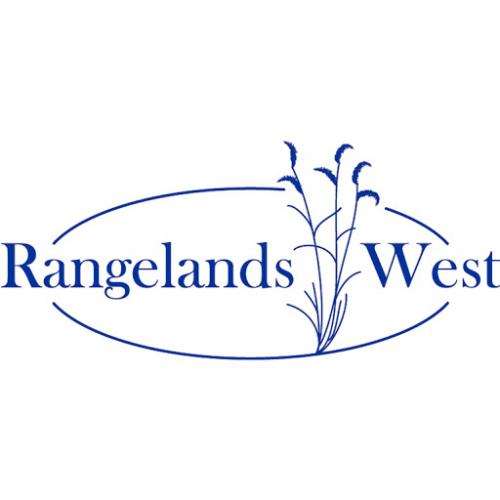Russian wildrye was introduced from Siberia as a forage crop; however, because of its erratic seed yields, it did not come into common use until the 1950s. Although it had been introduced to North Dakota in 1907, where it was grown in nursery rows, the first recorded introduction was grown at Mandan, North Dakota in 1927, and seed from this source was released to the public in 1941 and 1942. ‘Vinal’ Russian wildrye was released by AES and ARS in 1960. It is unique among grasses because of its high digestibility and exceptionally long season of use. It is one of the earlier spring grasses, and provides excellent dryland pasture. Due to its extensive root growth, this grass is very competitive. (source introduction)

Articles, citations, reports, websites, and multimedia resources focused on rangeland ecology, management, restoration, and other issues on American rangelands.